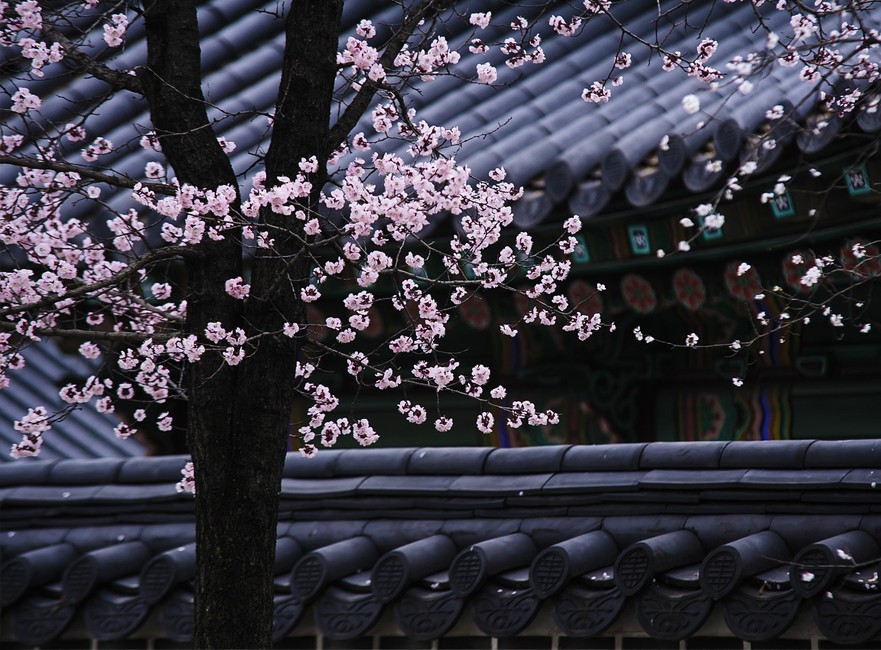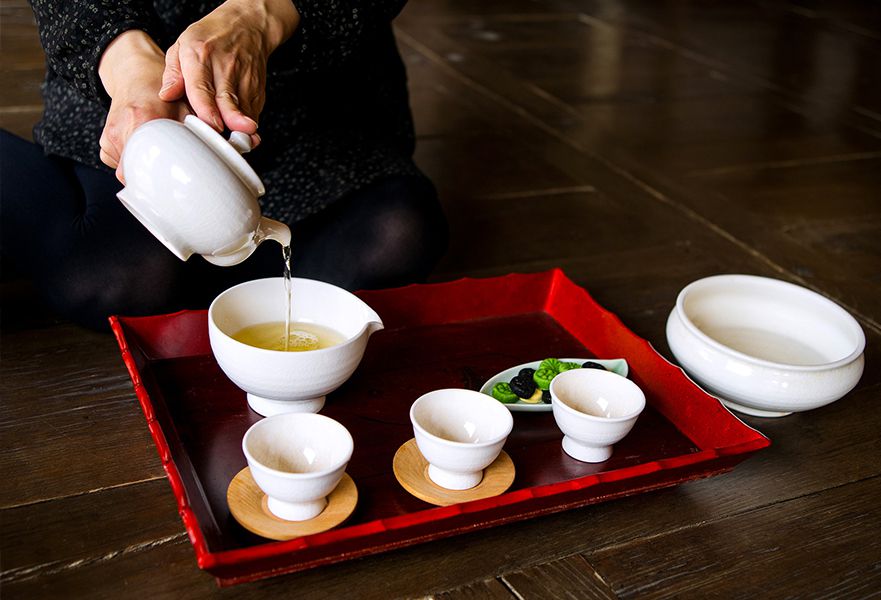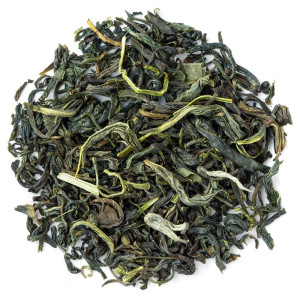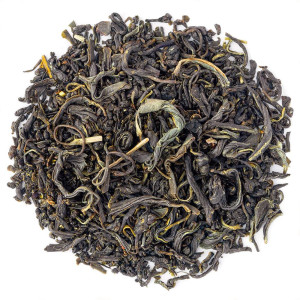Discover our other origin teas:
Korean Tea
The Korean teas are rare, with the majority of production consumed within the country. Korea cultivates its teas using a unique method that is completely different from its Chinese and Japanese neighbors. Korean tea is grown in three distinct areas: On the volcanic island of Jeju (where the rarest teas are found), in the Boseong district, and in the Gyeongsang province, each producing high-quality tea with very specific flavors.

Korean tea: a unique manufacturing process
As in Japan, it was Buddhist monks who introduced tea to Korea. It is used during the offering ceremony to Buddha called Dado. Korean tea stands out from others notably due to its manufacturing process which differs from all other teas. During preparation, tea leaves are traditionally roasted 9 times and then rubbed 9 more times. This ritual gives the tea a totally unique flavor and has the effect of extracting the tannins. This is why South Korean tea can be infused several times. Korea consumes most of its tea production, which certainly explains why Korean teas are ultimately very little known.
How to choose your Korean tea?
Korean green tea is called Nok Cha. But Korea also produces black tea and oolong, or fermented tea. Tea plants are cultivated in 3 different zones of the peninsula. Gyeongsang province is the historical birthplace of Korean tea plants. The province of Jeolla in South Korea also produces very high-quality tea. Finally, Jeju Island is where the best Korean teas come from, such as the famous Imperial Jejudo. It is from this unique volcanic zone that our Korean origin tea also comes from, a Korean black tea with delicate vanilla and cocoa flavors, as well as our sublime Korean oolong tea.

Preparation of Korean tea
Korean tea is prepared by steeping the leaves in boiling water, like any other tea. However, if you wish to prepare your green tea according to the traditional Korean method, you should first pour cold water over some of your tea leaves before covering them with boiling water. It only takes 2 to 3 minutes of steeping to obtain a mild and aromatic tea. Korean green tea, if of good quality, has the unique property of being able to be steeped multiple times without becoming bitter.



